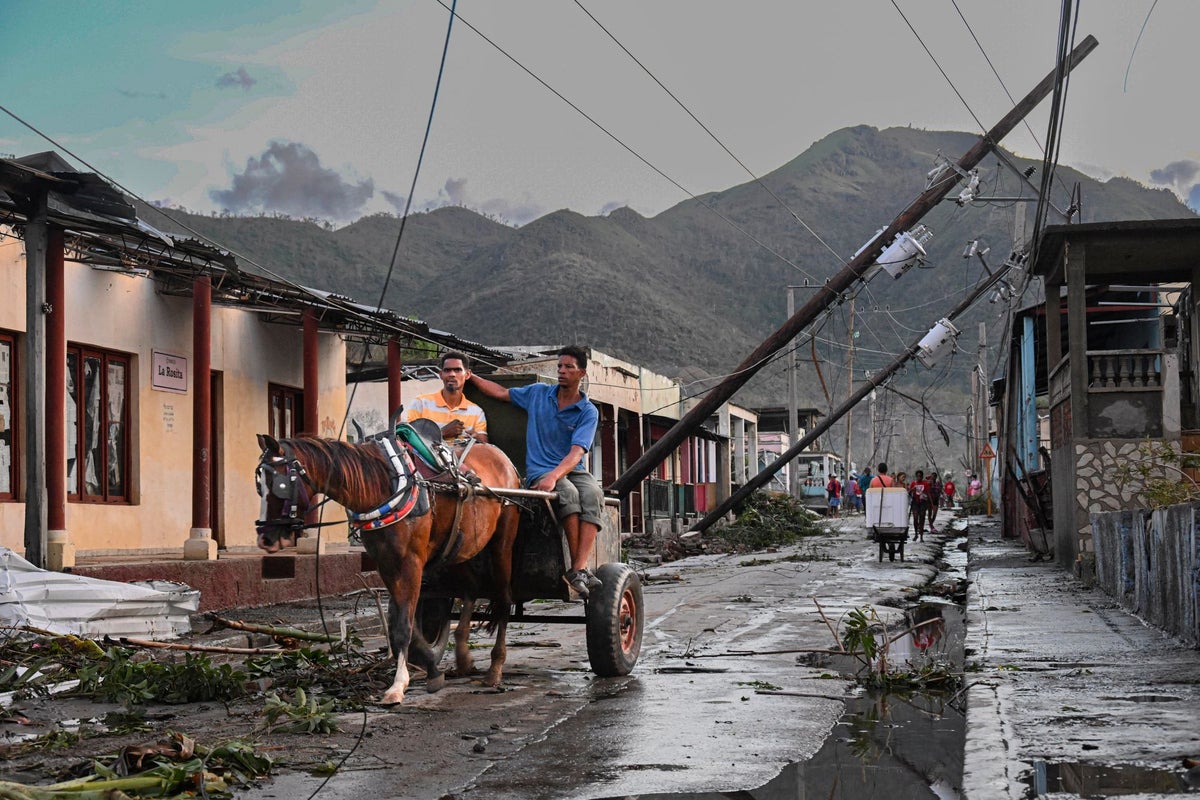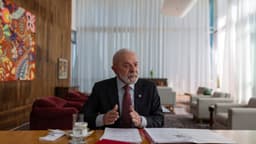Home / Environment / Developing Nations Hampered by Bureaucratic Barriers to Climate Funds
Developing Nations Hampered by Bureaucratic Barriers to Climate Funds
5 Nov
Summary
- Least developed countries face challenges accessing climate finance due to complex application processes
- Only 15-20% of climate funds reach intended projects on the ground
- Climate finance for developing countries to adapt to impacts fell from $28 billion in 2022 to $26 billion in 2023

As leaders from across the world gather in Belém, Brazil for the Cop30 climate conference, a key issue they will face is the ongoing struggle of the world's poorest and most climate-vulnerable countries to access the limited climate finance available from rich nations.
According to Gebru Endalew, a former chair of the Least Developed Countries (LDC) group, the problem is not just the paltry level of climate aid, but also the accessibility of the available funds. Endalew, who has advised several developing countries on applying for climate finance, says the bureaucratic processes involved are often too complex and slow, meaning by the time the money is approved, the original problem may have changed or worsened.
This is compounded by the fact that climate finance for developing countries to adapt to increasing impacts actually fell from $28 billion in 2022 to $26 billion in 2023, according to UN figures - a fraction of what is required. Experts warn that the lack of real commitment from rich nations to replenish climate funds is a key driver of the bureaucratic barriers.
The result is that only 15-20% of climate finance typically reaches the intended projects on the ground, with the rest siphoned off by various intermediaries. Sierra Leone's Chief Minister David Moinina Sengeh described the situation as "counter-intuitive", given it is countries like his that need the funds the most.




